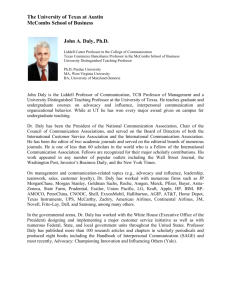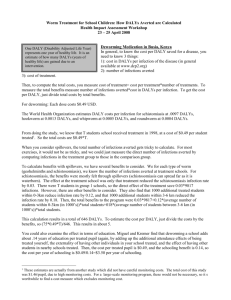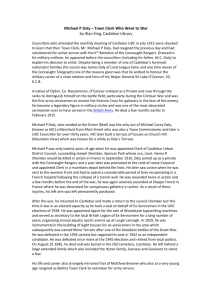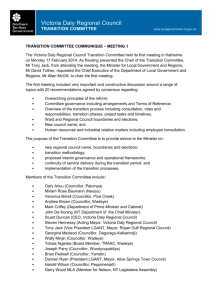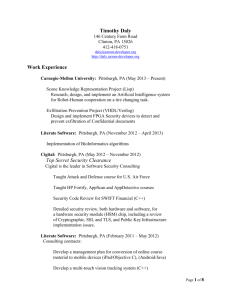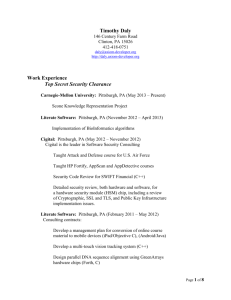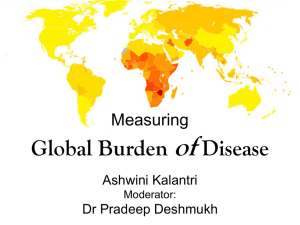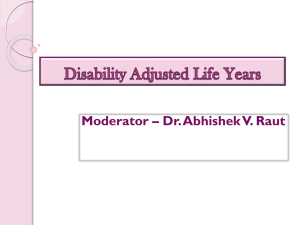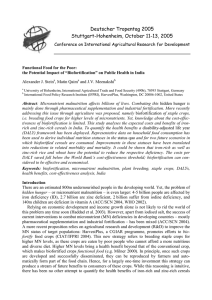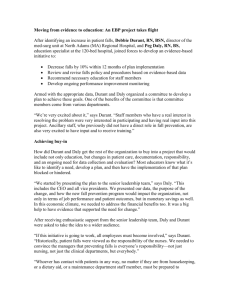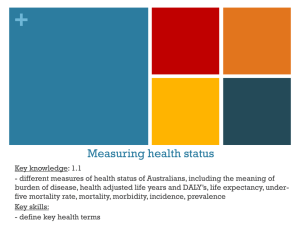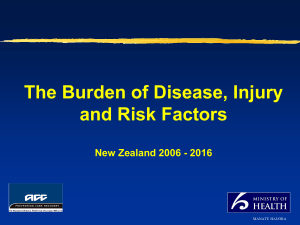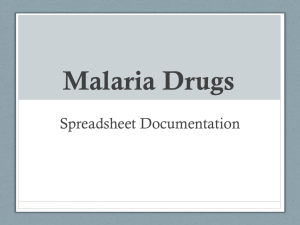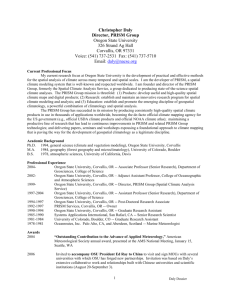Barcelona, 12 November 2014 Dear Editor, Thank you very much for
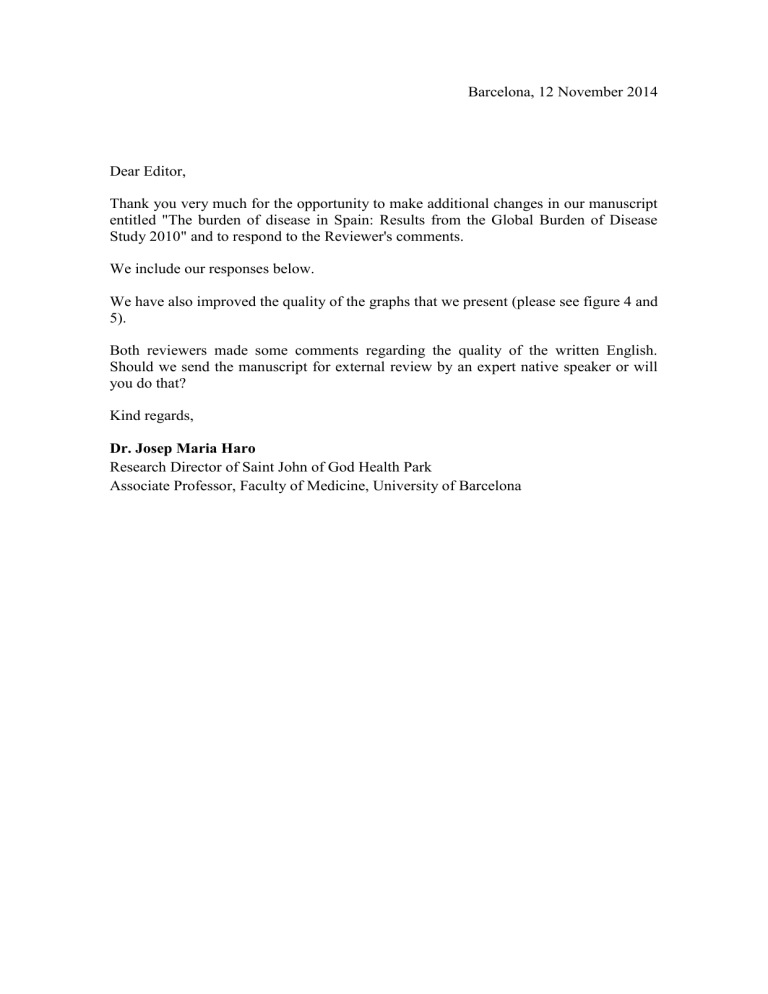
Barcelona, 12 November 2014
Dear Editor,
Thank you very much for the opportunity to make additional changes in our manuscript entitled "The burden of disease in Spain: Results from the Global Burden of Disease
Study 2010" and to respond to the Reviewer's comments.
We include our responses below.
We have also improved the quality of the graphs that we present (please see figure 4 and
5).
Both reviewers made some comments regarding the quality of the written English.
Should we send the manuscript for external review by an expert native speaker or will you do that?
Kind regards,
Dr. Josep Maria Haro
Research Director of Saint John of God Health Park
Associate Professor, Faculty of Medicine, University of Barcelona
REVIEWER 2
Comment 1:
The paper is substantially improved but I would like to see further clarification of the points under ‘Reply 3’ and a clearer distinction between counts and rates.
It would be clearer if the text in the Methods section noted the calculation of 2 counterfactual increases in total DALYs to compare with the observed increase (1 and 2 below to compare with 3): 1. The expected increase in total DALYs if total population increase had been as observed but without change in the age/sex structure or in strata specific DALY rates (this is just the 1990 total x (2010 total pop/1990 total pop)). 2. The expected increase in total DALYs if the population and its age/sex structure had changed as observed but without change in strata specific
DALY rates (application of 1990 stratum specific DALY rates to the 2010 population strata sizes). 3. The observed increase in total DALYs. The corresponding Results section could then make use of the fact that: 1 gives the increase attributable to population increase without population aging; 2 minus 1 gives the increase attributable to population aging; 3 minus 2 gives the increase attributable to changes in stratum specific DALY rates.
Reply 1:
We sincerely thank the reviewer for these and the previous comments which have really help us in improving the manuscript, both in its clarity and its scientific content.
We have changed the methods section, which now says:
In order to differentiate the change in DALYs due to demographic variations from those to health changes or other reasons, two counterfactual increases in total
DALYs were calculated based on the 1990 population sex and age distribution and compared with the observed increase from 1990 to 2010: 1) the expected increase in total DALYs if total population increase had been as observed but without change in the age/sex structure or in strata specific DALY rates; 2) the expected increase in total
DALYs if the population and its age/sex structure had changed as observed but without change in strata specific DALY rates (application of 1990 stratum specific DALY rates to the 2010 population strata sizes). The first estimate 1) provides the increase attributable to population increase without population aging; 2) minus 1) gives the increase attributable to population aging; and the observed increase from 1990 to 2010 minus 2) gives the increase attributable to changes in stratum specific DALY rates
(please see lines 203-215).
Comment 2:
Counts and rates must be more clearly distinguished. In several places the differences between DALY counts (totals) and DALY rates is not sufficiently clear.
Unless quantities are specified as rates the default assumption by the reader will be that they are counts (totals). The text at lines 117 to 120 illustrates this confusion:
"The UK DALYs for COPD, disorders of drug use, lower respiratory infections, breast cancers, and preterm birth complications were significantly higher compared to the mean of the EU15+ [7]." As it reads, this text is virtually uninterpretable. The UK DALYs from these conditions could be bigger just because the UK population is bigger than average. What appears to be meant is that ‘UK DALY rates for …’ But for the reader to know that this is what is meant it needs to be written.
Reply 2:
We have followed the reviewer recommendations and we hope the text is now clear.
When appropriate we have written "age standardized DALY rates". Similar mistakes had been done for YLL and YLD. We have corrected the text in a number of cases, see below:
The UK age standardized DALY rates for COPD, disorders of drug use, lower respiratory infections, breast cancers, and preterm birth complications were significantly higher compared to the mean of the EU15+ (please see lines 116-117).
In 2010, Spain, France and Italy showed age-standardised YLL rates for liver cancers significantly higher than the overall mean rate (please see lines 431-435).
Spain and Greece showed significantly higher rates of age-standardised YLL rates for bladder cancers (please see lines 435-436).
However the global age-standardized DALY rates actually decreased, which is consistent with our findings in Spain (please see lines 445-446).
